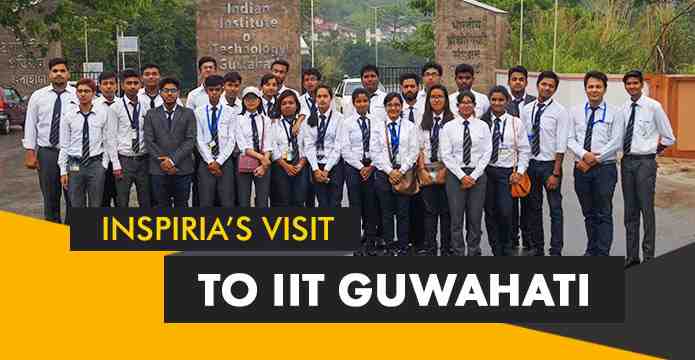Students of the Department of Computer Applications were on a technology exposure visit to the supercomputing facility named Param Ishan HPCC at Indian Institute of Technology, Guwahati during the 18th-20th of April 2017. The aim of the visit was to expose the students enrolled in the BCA programme to one of the highest, indigenously developed technologies in High-Performance Computing in India. The Param Ishan is an extremely super speed computing facility indigenously jointly developed by IIT Guwahati and C-DAC, Pune. It delivers a blazing peak speed of 250 TeraFlops, the fastest among high-performance clusters in the whole of Eastern and North-Eastern India.
The students were guided ably by the dedicated engineers’ team at IIT Guwahati Param Ishan High-Performance Computer and Communications Centre and were exposed to the advanced machinery and system involved in the operations of the supercomputer. Before exposing to the recent installation of the supercomputer, the students were aptly briefed about the necessities of high-performance computing and it’s increasing demand in medicine, science and engineering research, business modelling and other relevant applications. Students were shown how the high-performance computing evolved over time and how the earlier installations of earlier existing high-performance clusters in the institute such as IBM – Barak and the legendary Param 10000 gradually became obsolete due to increase in the demand for faster processing power and gave birth to a giant, future ready supercomputing machinery – The Param Ishan. The students interacted with the experts on various questions related to cluster and grid computing and as well as Internet and communication systems.
One of the significant exposure that the students received other than visually seeing a supercomputer hardware architecture and understand its working was the idea of a Server Farm. They were also allowed access to the institute’s central server and communication hub which controls a 70 Mbps dedicated internet connection as well as a 10 Gbps National Knowledge Network connection where they were taught about the titbits of large-scale internetworking.
The students were extremely contended with the visit as they gained a great exposure to a great indigenous technological progress in the field of high-performance computing. They were greatly amazed as well as motivated towards gaining further knowledge about high-speed computing and its applications. The trip ended successfully with students aspiring for more such future exposure.
